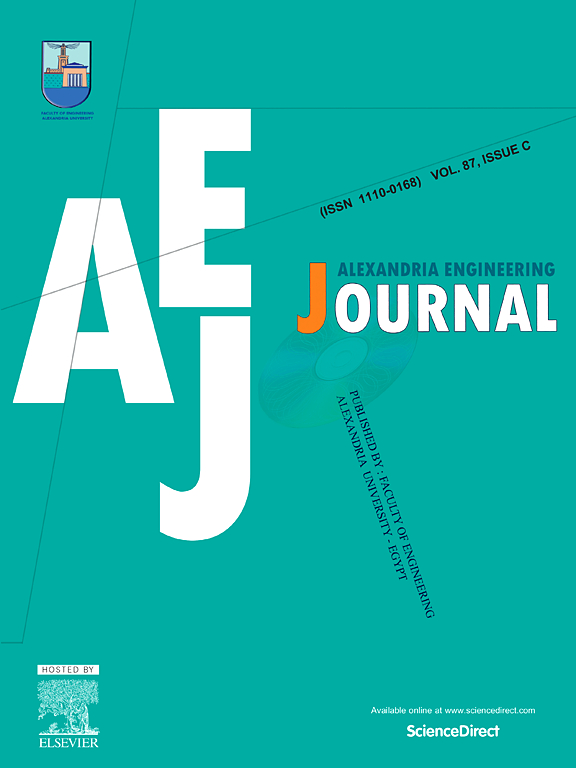SLM-DFS:社交媒体上深度伪造传播的系统文献图谱
IF 6.2
2区 工程技术
Q1 ENGINEERING, MULTIDISCIPLINARY
引用次数: 0
摘要
近年来,深度伪造(DFs)--利用人工智能制作的真实操控媒体--引起了人们的极大关注。随着这项技术的发展,迫切需要有效的检测方法来打击滥用行为。计算机科学研究人员越来越重视阻止深度伪造(DFs)在社交媒体上的传播。然而,该领域的研究还没有一个全面的概述。本文提出了一个系统的文献地图,分析了 2018 年至 2024 年 6 月间发表的 286 项主要研究中有关社交媒体上 DF 传播的研究。这些研究按照研究类型、贡献和重点进行了分类,显示出研究重点主要集中在检测解决方案上。值得注意的是,在评估这些解决方案、使用数字干预措施遏制传播以及管理 DF 传播方面存在巨大差距。本文献地图将通过对现有知识的结构化概述,帮助研究人员、从业人员和政策制定者了解快速发展的 DF 检测领域。本文献地图的研究结果表明,DF 检测是一个多学科领域,需要计算机视觉、机器学习、网络安全和媒体取证等领域的专家通力合作,共同应对当前和未来的挑战。本文章由计算机程序翻译,如有差异,请以英文原文为准。
SLM-DFS: A systematic literature map of deepfake spread on social media
In recent years, deepfakes (DFs)-realistically manipulated media created using artificial intelligence—have raised significant concerns. As this technology evolves, the urgency for effective detection methods to counter misuse intensifies. Computer science researchers are increasingly focused on stopping the spread of deepfakes (DFs) on social media. However, there has been no comprehensive overview of research in this area. This paper presents a systematic literature map that analyzes research on DF spread on social media from 286 primary studies published between 2018 and June 2024. The studies are categorized by their research type, contribution and focus, revealing a predominant emphasis on detection solutions. Notably, there are significant gaps in evaluating these solutions, using digital interventions to curb dissemination, and managing DF propagation. This literature map will aid researchers, practitioners, and policymakers navigate the rapidly evolving field of DF detection by presenting a structured overview of the available knowledge. The findings of this literature map suggest that DF detection is a multidisciplinary field that requires collaboration between experts in computer vision, machine learning, cybersecurity, and media forensics to address its current and future challenges
求助全文
通过发布文献求助,成功后即可免费获取论文全文。
去求助
来源期刊

alexandria engineering journal
Engineering-General Engineering
CiteScore
11.20
自引率
4.40%
发文量
1015
审稿时长
43 days
期刊介绍:
Alexandria Engineering Journal is an international journal devoted to publishing high quality papers in the field of engineering and applied science. Alexandria Engineering Journal is cited in the Engineering Information Services (EIS) and the Chemical Abstracts (CA). The papers published in Alexandria Engineering Journal are grouped into five sections, according to the following classification:
• Mechanical, Production, Marine and Textile Engineering
• Electrical Engineering, Computer Science and Nuclear Engineering
• Civil and Architecture Engineering
• Chemical Engineering and Applied Sciences
• Environmental Engineering
 求助内容:
求助内容: 应助结果提醒方式:
应助结果提醒方式:


